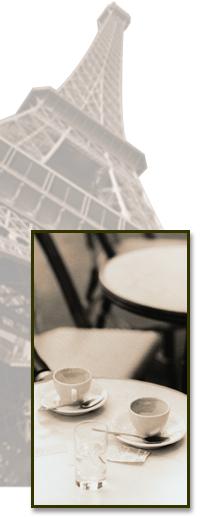Activity One
Scientific Investigations/ Processes
Concept: The Power of Observing and Hypothesizing
Background Information:
The power
to observe, identify a problem and to hypothesize on possible answers is very important in everyone’s life because it
is crucial for exploring, discovering and learning more about our environment. Observing things or events needs the use of
our senses aided by instruments or apparatus, we perceive causes and effects. While doing this, we make guesses and predictions
on what could happen. Through observation, we could recognize problems and give temporary answers to certain situations that
could be tested. This involves experimentation to test the hypothesis.
Objectives:
- Recognize the steps in scientific investigations or study;
- Formulate a problem and hypothesis for scientific investigation;
and
- Draw procedures applicable to the problem and the hypothesis.
Materials:
Magazine,
pair of scissors, paste
Procedure:
- Form groups of five students and arrange chairs in a circular fashion
to facilitate the discussion.
- Scan the pages of the magazine. Choose a picture on environmental
changes or technological trends and the like that attracts you most.
- Cut and paste the picture on the space provided in the next page
or illustrate what compose the community observed outside the classroom.
- List some observed situations and scenes.
- Analyze the situations or scenes shown in the picture or situations
observed in the environment.
- Formulate scientific problem that can be tested based on the observed
situations.
- The following activities can help you in the formulation of the problem:
a)
Brainstorming of ideas and topic related to the situations.
b)
Listing down some related situations that are actually
happening in life;
c)
Narrowing the problems into specific ones.
- Formulate a hypothesis that will serve as the temporary answer or
solution to the problem.
- Conceptualize the procedure to determine if your hypothesis can be
tested or not.
- Make generalization on how problems and hypotheses are formulated.
- Submit output 15- 20 minutes before the end of the class hour for
critiquing and evaluationg.
Name: _________________________________ Date: _________
Subject and Section: _____________________
Professor: ___________________
Activity 1: Scientific Investigation and Process
Paste the picture here or illustrate what you observed outside the classroom.
Observations:
Problem:
Hypothesis:
Procedure:
Conclusion:
